#african folklore
Text
If you happen to still have Netflix, it would be amazing if you supported this project:




690 notes
·
View notes
Text

Painting I made from almost 4 years old already! I made this as a commission for a 5E D&D supplement, a faerie inspired by Zulu Mythology.
Hope you like it!
Best,
JCH
#dungeons and dragons#board games#concept art#fantasy art#tabletop games#digital painting#magic the gathering#character design#ancient history#armor#african mythology#zulu mythology#faerie#elf#african folklore#african history
88 notes
·
View notes
Photo
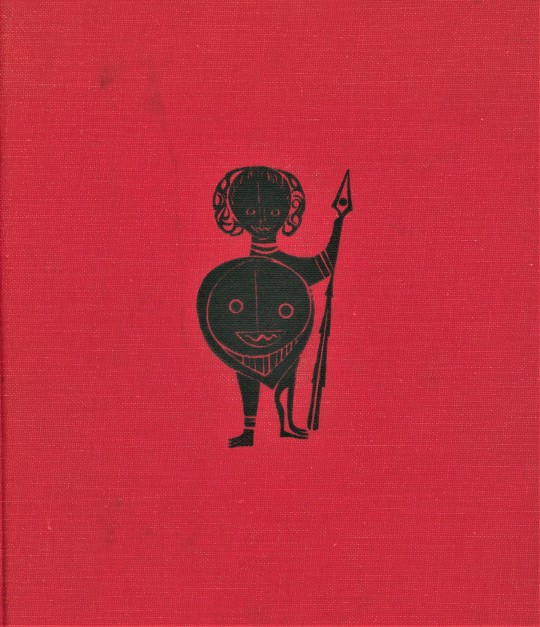
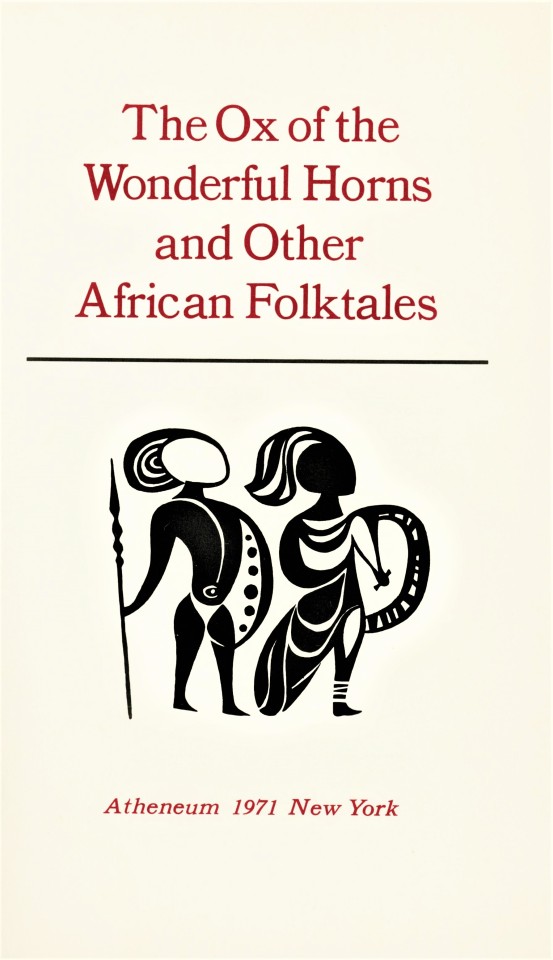

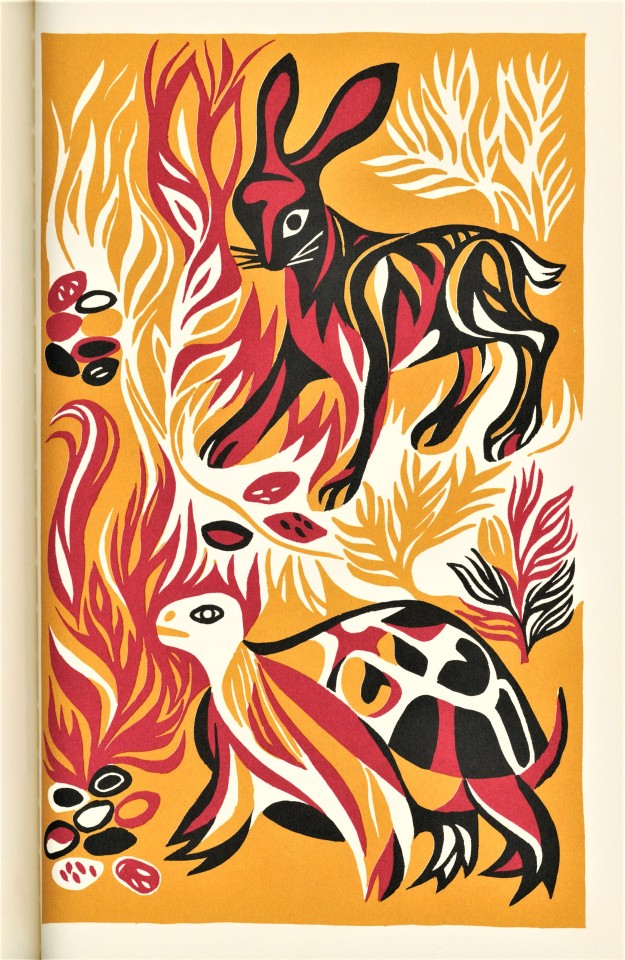



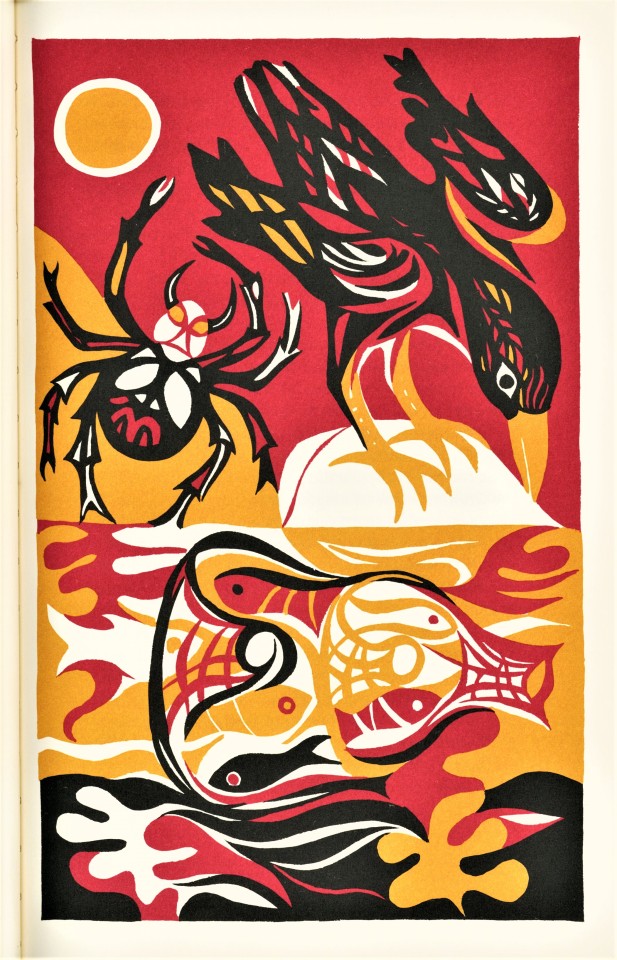
Spotlight: African Folktales
For Black History Month I found another book of folktales (shocker) to share with you all! The fun and exciting part of this job is being able to look into things that one would not normally take the time to explore, and I have been given the opportunity to do nothing but explore and dig into the expansive collection we have in Special Collections (if you aren’t getting interested to come in and take a peek, you should be).
The book I am keen on sharing is The Ox of the Wonderful Horns: And Other African Folktales, a children’s book from our Historical Curriculum Collection, published in New York by Atheneum in 1971. The stories were retold and illustrated by Ashley Frederick Bryan (1923-2022), an American writer and illustrator for children’s books, of which most of his subjects focus on the African-American experience. Bryan’s desire and challenge for the anthology was to “bring the stilted language of the linguists’ narration back to an oral tradition through rhythm and poetic verses.”
This anthology features five tales from Akan-Ashanti, Angolan, South African, and Kaffir myths with various illustrations accompanying us through each story. The illustrations switch between half-page black and white and full-page color that are meant to evoke African wood block motifs that suggest the ochres and reds of African clay dyes and African textile designs; very eye-catching and absorbing!
View another of my posts.
View more Black History Month posts.
-- Elizabeth, Special Collections Undergraduate Writing Intern
#Black History Month#black writers#black illustrator#folklore#folktale#african folklore#animal tale#animal folktale#south african#kaffir#akan-ashanti#angola#ashley bryan#ashley frederick bryan#Atheneum Books#The Ox of the Wonderful Horns: And Other African Folktales#children's books#Historical Curriculum Collection#Elizabeth V#Elizabeth V.
194 notes
·
View notes
Text

"Come on in, little fly..."
My take on Anansi, the trickster of West African folklore.
See more of my work here:
Patreon | Kofi | Website
#art#black artist#digital art#anansi#folklore#african folklore#trickster#spider#mythology#clipstudiopaint#black illustrator#illustration
55 notes
·
View notes
Text
I want to learn more about African-American, Afro-Caribbean, Afro-Latino, and continental African folklore!!!
Especially the horror stories!!! I already know some but there’s so much I don’t know!
Can anybody please suggest any books or resources that talk extensively about folklore from these communities 🙏🏾?
#06 speaks#folklore#african american folklore#caribbean folklore#afro caribbean folklore#african folklore#afro latino folklore#horror#black horror#folk horror?
7 notes
·
View notes
Text
New favorite thing: Ijaw owuamapu (water spirit) masks


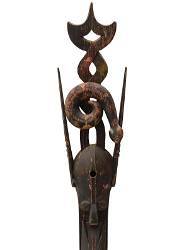
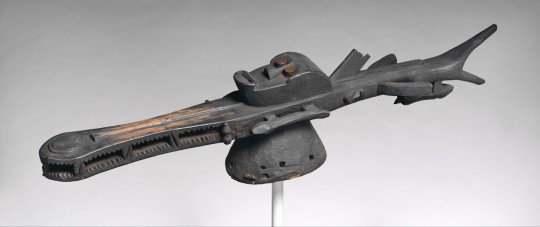
[Photo ID: 4 pictures of masks from the Ijaw tribe of Nligeria. The top left mask is a stylized fish with a human face on it's back. The top right mask is diamond shaped with a upside down human face on the upperportion of the mask and a rightside up human face on the lower portion. The lower left mask is a human face with horns and a snake coiled around the horns. The lower right mask is a stylized large fish (maybe a shark) with a human face on it's back. End photo ID]
#africa#african folklore#nigeria#nigerian artwork#nigerian culture#ijaw#ijo#izon#african masks#nigerian masks#catergory: aquatic chimera cubism#water spirit#merfolk#mermen#i think#black history month#blackblr
7 notes
·
View notes
Text
Mpaca
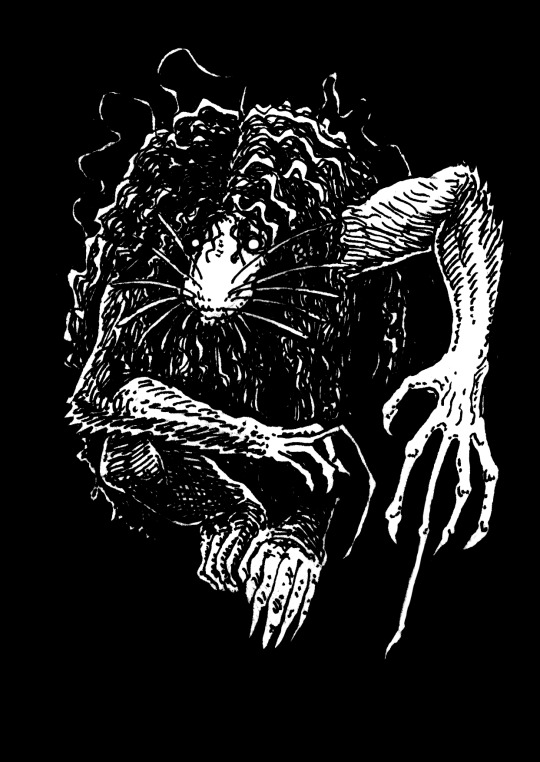
Image © @chimeride, accessed at their blog here
[Mpaca is a forest spirit in the lore of the Nyange, a people in what is now the Democratic Republic of the Congo who have a rich and mostly still extant oral tradition. The Epic of Mwindo is the most famous of their sagas in English, and Mpaca appears in that story in passing, as a point of reference and comparison. The folktale in which he plays a starring role is collected in The Dictionary of African Mythology, and is online for free . Something I think is interesting is how closely the story “Mpaca’s Very Long Fingernail” maps to the davalpa/himantopus. It is a greedy, parasitic creature that rides on its victims’ backs, and can be defeated by getting it drunk. I’ve talked before about how I don’t hold a lot of stock in diffusionism, but part of me does wonder if the voyages of Sinbad made it to east/central Africa, or Nyange epics made it to the Middle East. There was a lot of trade between the regions, after all.]
Mpaca
CR 4 CE Monstrous Humanoid
This little man has long, wild hair and long fingers. The middle finger on each hand is extremely long compared to the others, ending in a single claw. His face is elongated, ending in a mole-like snout.
An mpaca is a twisted little humanoid that delights in enslaving other creatures. They can control the behavior of humanoids by jabbing them with their long middle finger, and then ride atop them. They do not treat their slaves well, forcing them to do exhausting work on long hours, and restricting their food and water. An mpaca may even ride such slaves into combat as a mount. Such slaves are controlled repeatedly and often worked to death if the mpaca can manage it.
In seeking out new slaves, an mpaca can shapechange, often favoring the shape of young women and girls. They can also extend their magical fingers to extreme distances, spying on their charges from afar though the nail. If their fingers are severed, the mpaca cannot use its charming ability, and so almost always only extends the finger on one hand and keeps the other in reserve.
Most mpacas live as parasites of humanity, taking over small villages to use as their personal dens of iniquity. The mpaca keeps the community in line with threats and magical charm, alternating between hosts while draining the wealth and happiness from everyone who lives there. When not finding victims, mpacas are lazy and slovenly. They are prone to indulging in drugs and drink, and victims of an mpaca have been known to dislodge the creature by getting it intoxicated.
Mpaca CR 4
XP 1,200
CE Small monstrous humanoid
Init +3; Senses darkvision 60 ft., low-light vision, Perception +5, scent
Defense
AC 18, touch 13, flat-footed 14 (+1 size, +3 Dex, +1 dodge, +3 natural)
hp 37 (5d10+10)
Fort +3, Ref +7, Will +3
Offense
Speed 30 ft.
Melee 2 slams +8 (1d4+2 plus grab) or charm claw +8 (3 plus charm)
Special Attacks grab (Medium)
Statistics
Str 15, Dex 17, Con 14, Int 13, Wis 8, Cha 14
Base Atk +5; CMB +6 (+10 grapple); CMD 20
Feats Deceitful, Dodge, Mounted Combat, Undersized Mount (B)
Skills Acrobatics +10, Bluff +7, Climb +8, Disguise +7 (+15 using change shape), Perception +5, Ride +14, Stealth +9, Survival +5; Racial Modifiers +4 Acrobatics, +4 Ride
Languages Common, Sylvan
SQ change shape (humanoid, alter self), probing finger
Ecology
Environment warm hills
Organization solitary or ward (1 plus 1 humanoid)
Treasure standard
Special Abilities
Charm Claw (Su) As a standard action, or as part of an action made to maintain a grapple, a mpaca can jab a humanoid creature with its long clawed finger. A creature so struck must succeed a DC 14 Will save or be charmed for 24 hours. A creature that resists is immune to the charm claw of that mpaca for the next 24 hours.
Feats An mpaca’s Undersized Mount feat allows it to ride Medium bipeds without penalty.
Probing Finger (Su) An mpaca can extend its middle fingers and see through them. A finger extended in this way can stretch out to 600 feet long, extending or retracting as much as 30 feet a round. The mpaca can see and hear through the finger, and make charm claw attacks with it. While using its finger in this fashion, the finger can make Stealth checks as if it were a Diminutive creature, and fit through cracks as narrow as 1 inch. The mpaca can still use its normal senses while extending a finger in such fashion, but it is distracted; treat the mpaca as being flat footed. The finger can be destroyed through damage (AC 18, 5 hp, DR 5/bludgeoning or slashing). An mpaca regrows a destroyed finger over the course of 1 month, and if both of its fingers are destroyed, it cannot make charm claw attacks.
#mpaca#nyange#mwindo epic#african folklore#african mythology#chimeride#original art#pathfinder 1#world tour
103 notes
·
View notes
Text

Die Hexe, Jengu. Watercolor, 2023.
Jengu are a race of mer-witches from the western coast of Africa, around Guinea and Cameroon. They're described as enchanting women with radiant, gap-toothed smiles, who sometimes help or hinder human children on their path to maturity.
This one is wearing Parisian-style eyeglasses and a striped top to evoke the regional style in the 1920's, during a Franko-German colonial era of border disputes and Christian missions. She has the fins of a tiger fish, and wears dreadlocks reminiscent of Red Gracilaria, a seaweed cultivated on the modern shores of Cameroon.
#jengu#mermaid#hexe#witch#african folklore#cameroon#tiger fish#gracilaria#watercolor#illustration#character art#character design#alex finis#artists on tumblr
14 notes
·
View notes
Text
Just read a West African Sleeping Beauty tale in which the heroine is awakened by another maiden and they fall in love. Her lover's father marries the Sleeping Beauty and then the two women are "companions" for the rest of their lives.
Lesbian happily ever after!
#folk tale#fairy tale#african fairy tale#african folk tale#african folklore#queer fairy tale#queer folk tale#sapphic romance#sapphic fairy tale#sleeping beauty#snow white#atu 410
52 notes
·
View notes
Text



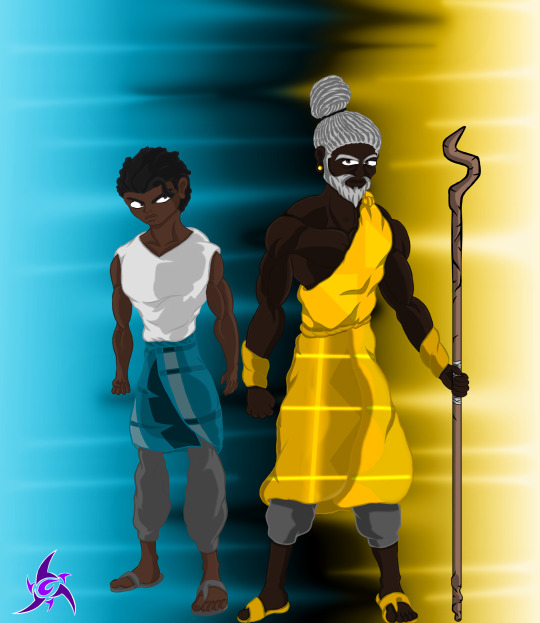

Back to The Woman With Two Skins for this New Classics Challenge. Ibukun, The Water Juju Man that saved Ekon & trained him. Once a warrior, enjoyed battle until he lost his son. He trained him & he saw himself, his son enjoyed battle as well & the two parted ways. Hasnt seen him since. Ibukun didnt want the King Eyamba to lose his son.
After the training & reuniting with his mother and meeting his sister for the first time. The plan was to expose Kubra in the Grand Wrestling Match.
Ekon was underestimated because of his size, but won it all. The King announces winner & Ekon shkowed his face. He then exposes Kubra to everyone.
But Kubra has one last resort. Had a potion in-hand, which Ibukun recognized. A potion that's forbidden to even make, let alone drink.
And Kubra transforms...
To The Concluded.
#digital art#art#oc#digital artwork#digital doodle#original character#fyp#for you#The Woman With Two Skins#african fairytale#african folklore#fairytale#folklore#africa#nigeria#juju man#Black History Month
2 notes
·
View notes
Text
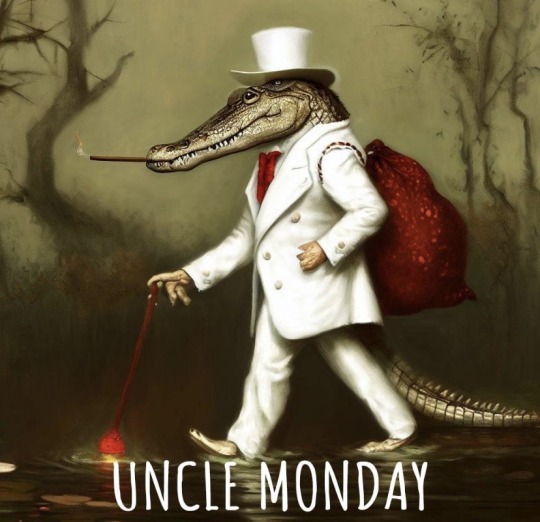
Uncle Monday is a powerful ancestral spirit that persists in southern Hoodoo lore. Uncle Monday is said to have been a medicine man of the shape-shifting variety who was brought to South Carolina with the slave trade. As the story goes, he escaped slavery and went to Florida to live among the Seminoles and the maroons, bringing his crocodile medicine with him.
A larger-than-lite figure in African American folklore, Uncle Monday is celebrated among Florida's Seminole and maroon communities. Hailing from Africa and brought to South Carolina through the harrowing transatlantic slave trade, Uncle Monday's story is one of daring escape and unwavering resilience.
Finding sanctuary among the Seminole and maroons in Florida, Uncle Monday's mystical prowess as a medicine man and hoodoo doctor shines through, with his most remarkable shapeshifting ability being the power to transform into an alligator at will! This incredible metamorphosis serves as a powerful symbol of defiance against oppression and the refusal to bow down to slavery's chains.
As the guardian of his community, Uncle Monday's legend pulses with themes of resistance, resilience, and cultural pride, inspiring generations with his indomitable spirit and unyielding courage.
references:
https://museumoffloridahistory.com/explore/collections/19th-20th-century-artifacts/art-and-ephemera/uncle-monday/
American Rootwork Association (ARA) Blog - American Rootwork Association
#african america history#african american history#african folklore#hoodoo#black history#black history month#spiritual knowledge#spiritual practices#folklore
5 notes
·
View notes
Text
MAMI WATA - African Water Spirit
HIIIII IM BACKKKK and this time delving into African Mermaid Lore!!
Mami Wata(Mother Water) is a water spirit who is sometimes depicted as a snake charmer, mermaid or both. And she is revered throughout Africa. Her depictions have been very much inspired by indigenous African spirits, Hindu gods and even European mermaids. Mami Wata is said to bring good fortune with money. Many enslaved Africans brought over the belief in her, and her connection to the arts and water. There is even more about her, that I will cover, in parts!
#mermaids#mythology#merfolk#folklore#ocean#sea#mermaidlore#myths#folktales#africa#mami wata#african mythology#african folklore
6 notes
·
View notes
Text
2022 Reading Log, pt 27

131. Fungipedia by Lawrence Millman. The third of Princeton University Press’ –pedia titles I’ve read. This book deals with fungi from A-Z, (Agarikon to Zygomycetes). Some topics that are covered include various habitat requirements of fungi, individual species with notable appearances or life histories, mycologists and mushroom enthusiasts, and folklore. The classic “Santa Claus is a shaman hopped up on mushrooms” tale gets an airing here, as does the less familiar to me “King Tut’s curse was a fungal infection” legend. King Tut’s curse was journalistic hype, let’s be real. The author is a bit cranky about the movement towards molecular taxonomy, but is otherwise enthusiastic about his subject and eager to encourage others. Of the –pedias, I’d recommend this one above Birdpedia, but liked Dinopedia better.

132. The Myth of Persecution by Candida Moss. Great name for an author read just after a book about fungi. Moss’ thesis is that Christianity was rarely the subject of massive persecutions in the Roman Empire, and that the majority of stories about martyrs have little to no basis in historical fact. Rather, they were written during periods of peace and Christian power for political purposes and for entertainment value, shoring up the idea that the orthodox Church was tied directly to Christ and that various pagans and heretics were Satanic. Moss also spends time dismantling the idea (that I was relatively unfamiliar with, as I don’t spend much time reading Christian apologia) that Christian martyrdom was something brand new and unique, demonstrating that Christian martyr narratives borrow, like all other parts of Christianity, from Greek, Roman and Jewish sources. This book was written in 2013, and makes references to the growing polarization of right wing Christian groups in the United States and how religion is weaponized in the modern era. The book is slightly dense, but advocates its case clearly and precisely, and provides regular summaries to bring the points home—this is clearly a book meant to persuade as much as inform.

133. Some We Love, Some We Hate, Some We Eat: Why It’s So Hard to Think Straight About Animals by Hal Herzog. Cognitive dissonance. That’s the main argument. This book talks about how people hold multiple different, mutually conflicted, moral ideas about animals in their heads all at once, and how, roughly speaking, that’s a good thing. The book covers such diverse topics as factory farming, pet ownership, a rescue for wolf-dogs, cockfighting and animal liberation. In my opinion, one of the book’s biggest strengths is how it talks about the perils of doing science and publishing it, such as the replication paradox, correlation vs. causation and inherent bias, in a way that’s fun and easy for laymen to understand. The book’s cover copy is somewhat hyperbolic (the book is not combining Malcolm Gladwell, Mary Roach and Jared Diamond), but it’s still a worthwhile read.

134. About Time: A History of the World In Twelve Clocks by David Rooney. The subtitle isn’t accurate—a lot more than twelve individual clocks are highlighted here—but “a history of X in Y” is a schema that apparently pushes paper. Rather, this book is about twelve uses for clocks, and often about how they have been used as agents of control by governments. The author was once the curator of timekeeping at Greenwich, so there’s a lot of talk about the establishment of Greenwich Mean Time, and how its imposition was part of the British Empire’s extension of global power. Apparently, the Saudi government is trying to get the Mean Time set to Mecca, which I was unaware of. The book is, appropriately for a book about clocks, well-paced, and made for a pleasant read.

135. Folktales from the Gambia: Wolof Fictional Narratives translated and annotated by Emil A. Magel. “Translated and annotated” is appropriate here, because after the first twenty pages or so, the text is transcriptions of the oral tradition, told by a variety of griots, the storytelling caste in Wolof society. The stories are a mix of classic folktale tropes with morals and twists rooted in Wolof culture, and the annotations at the end help to explain cultural context that a reader might otherwise miss. Each story has the personal touches of its tellers, and a few stories have multiple tellings, by different people with their own spin on it (some of the most charming are those told by children, griots in training practicing how to tell stories).
#reading log#folktales#african folklore#sociology#history#horology#psychology#classical rome#religion#christianity#martyrdom#fungi#mycology
25 notes
·
View notes
Text



Nkoyi, the Leopard Girl.
#leopard#kemono#kemonomimi#catgirl#caturday#cat#african folklore#africa#anthro#muscular woman#muscular
2 notes
·
View notes
Text

Day 21 of Inktober, An African Folk-Figure by the name, "Brer Rabbit".
A Central Folk Figure of a Mischievous Animal Trickster from the Uncle Remus stories (which were told around by the African-Americans of the Southern United States as well as African Descendants of the Caribbean).
Adults would usually tell stories to Children about this Rabbit Character (who's very similar to Anansi, the African Spider God). Brer Rabbit was said to represent the Enslaved Africans who used their own wits to fight back against Slavery. Most of his stories however are meant to be moral lessons in which children needed to understand the lessons of learning a mistake. He also shares with many similar parallels to the Native American folk spirit (Nanabozho) who's also a Rabbit.
Brer Rabbit (c) Robert Roosevelt and Joel Chandler Harris
3 notes
·
View notes
Text
Aigamuxa
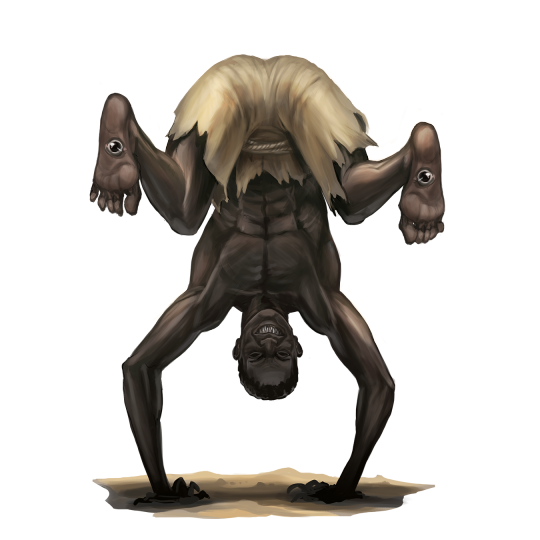
Image © Paizo Publishing
[A number of African mythological and folkloric monsters have official Pathfinder stats in 2e, thanks to books like The Mwangi Expanse. I’m using their art for the aigamuxa of the Khoisan, because it rules, but this is not a straight conversion. The PF2e version is a burrower, which makes a certain amount of sense for “eyes on the soles of your feet”, but isn’t in the original legendry, from what I could tell.]
Aigamuxa
CR 8 CE Humanoid (giant)
This man stands about nine feet tall, and has sharp teeth and long claws. He has no eyes in his face, only blank pits, but has eyes instead on the soles of his feet.
Aigamuxas are cruel desert ogres that enjoy the sport of hunting, killing and eating humanoid prey. They often refer to smaller humanoids as “zebra”, and treat them as if they were game animals. Aigamuxas were long ago cursed by the gods, although whether it was as punishment for this cruelty, the result of the giants’ hubris, or simply a way to even the score between predator and prey is debated. The result of this curse is not debated—an aigamuxa’s eyes are on the bottoms of its feet, requiring it to move carefully in order to see at all.
Most aigamuxas act as ambush predators, laying in wait near water supplies or game trails. When creatures come near enough, they hop up and go on the attack. More careful aigamuxas walk on their hands, their feet in the air, whereas those that are more reckless and want to finish the fight quickly may fight blind while standing on both feet. They are surprisingly fast over desert sands, and their strange gait resembles a cross between skipping and dancing.
Aigamuxas live in small family groups. The children are taught from a young age that they must fight to survive, and bloody (but not fatal) violence is common between siblings and parents. They have little need for treasure unless it directly helps them to survive, preferring to use coins and gems as bait. Aigamuxas do not use weapons, preferring their talons and teeth, but magical items that provide food, water or protection from heat are highly valued.
Aigamuxa CR 8
XP 4,800
CE Large humanoid (giant)
Init +4; Senses limited vision, Perception +8, scent
Defense
AC 22, touch 14, flat-footed 17 (-1 size, +4 Dex, +1 dodge, +8 natural)
hp 105 (10d8+60)
Fort +9, Ref +11, Will +6
Offense
Speed 30 ft.
Melee 2 claws +12 (1d8+6 plus grab), bite +12 (1d12+6)
Space 10 ft.; Reach 10 ft.
Special Attacks prone fighter
Statistics
Str 23, Dex 18, Con 22, Int 7, Wis 16, Cha 11
Base Atk +7; CMB +14 (+18 grapple); CMD 29
Feats Blind-fight, Dodge, Intimidating Prowess, Power Attack, Vital Strike
Skills Acrobatics +10, Climb +11, Intimidate +11, Perception +8, Stealth +6 (+10 in deserts); Racial Modifiers +4 Acrobatics, +4 Stealth (+8 in desert environments)
Languages Giant
SQ desert runner, kip up
Ecology
Environment warm and temperate desert
Organization solitary, pair or family (3-6)
Treasure incidental
Special Abilities
Desert Runner (Ex) An aigamuxa ignores mundane difficult terrain from rocks or sand.
Kip Up (Ex) An aigamuxa can stand from prone as a swift action that does not provoke attacks of opportunity.
Limited Vision (Ex) An aigamuxa’s eyes are on the soles of its feet. It is considered to be blind unless it spends a move action to see on its turn, is lying prone, or walks on its hands. An aigamuxa can stand on its hands with a DC 15 Acrobatics check, and even walk on its hands at half speed with a successful DC 20 Acrobatics check; if it fails these checks by 5 or more, it falls prone. It can only make one claw attack in a round it is walking or standing on its hands.
Prone Fighter (Ex) An aigamuxa suffers only half of the penalty to AC and attack rolls when fighting while prone.
88 notes
·
View notes